Wildlife Sightings - February 2016
The UK mean temperature in February was 3.5 °C. This was 0.1 °C below the 1981-2010 long-term average. In North Yorkshire the month started with the first real snow fall of the winter. Several centimetres of snow covered the ground on the morning of the 3rd in the North York Moors National Park, as the wind moved towards the NW from a milder SW. Temperatures for the month ranged between 2°C and 10°C on all but four dates. On the 1st the day before the snow came, the temperature rose to a dizzy 15°C across the region!
The month kicked off with three species of American wildlfowl still enjoying their Yorkshire winter. The immature male Surf Scoter remained in Filey Bay and the American Wigeon was still at Scalby. Down at Spurn 2 Black Brant also remained with the Brent Geese. 660 were counted here mid-month. Still in Scarborough harbour were the 2 Black-necked Grebes.
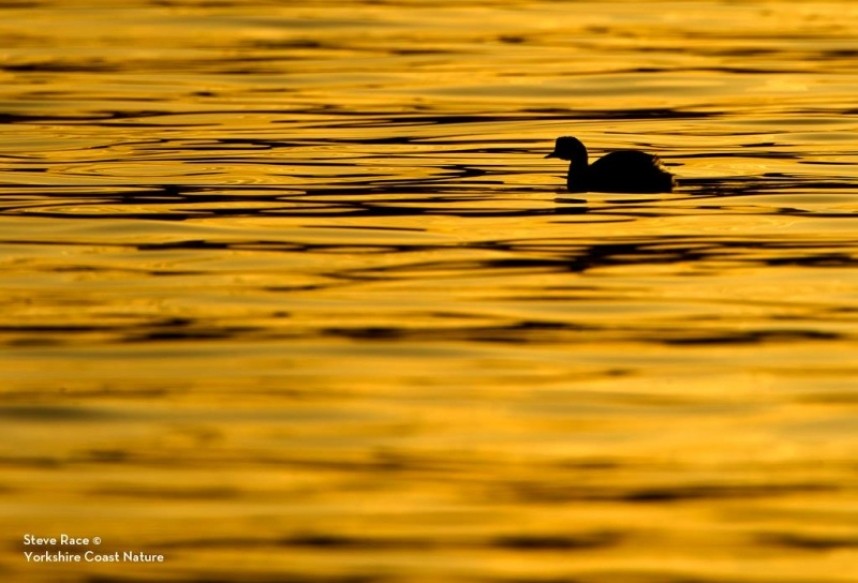
Black-necked Grebe Scarborough February 2016 © Steve Race
On the 3rd the wind turned to the NNW, a direction which can produce some interesting seabirds. At Flamborough birders were rewarded with their first ever winter record of Leaches Petrel as a single bird flew north on a seawatch. On the same day 7 White-fronted Geese, Long-eared owl, 2 Richards Pipits and a Black Redstart were also on the Headland making for a cracking winter birding day! The first week of the month at Spurn was quiet with Tundra Bean Goose and Red-necked Grebe the highlights although a Treecreeper in Easington was the rarest local bird, being the first ever wintering bird in the Spurn area! At Hornsea a female Smew and a Long-tailed Duck were resident in the first half of the month. Bubwith Ings provided the biggest draw for Smew in February with 4 female here on the 10th along with 6 Greater Scaup. A Green Winged Teal was a good find at North Cave wetlands YWT on the 11th.
Winter moth trapping can be a frustrating affair on the coast but very different in the Scarborough forests! A Butterfly Conservation team had a good night on the 4th with 27 moths caught of 4 species including the highly distinctive Satellite. Birds of prey were on the move on the 7th with a male Hen Harrier at Snainton and a Red Kite over Wykeham. Blacktoft Sands was the place to be for raptors on the 8th when 27 Marsh Harriers 2 Hen Harriers and a Merlin were recorded! Hen Harriers were recorded here throughout the month with a maximum of 4 on the 12th.
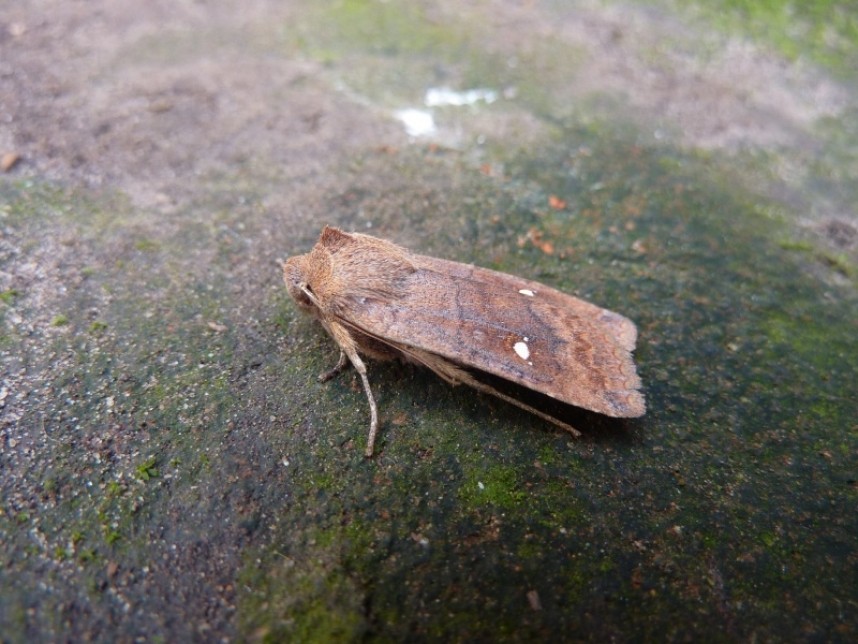
Satellite Wykeham Forest 2016 © Alan Rodda
A juvenile Iceland Gull was at Top Hill Low Nature Reserve on the 6th. A Raven, a rare local bird was seen over Wykeham on the 10th and another or the same bird over Brow Moor on the 18th. Down at Barmston the Kumlien's Gull was looking very smart in near adult plumage on the 10th. It’s not very often we get to feature a rock pool rarity on here so it was great news as a Curled Octopus was found at Filey Brigg on the 10th, a wonderful animal!
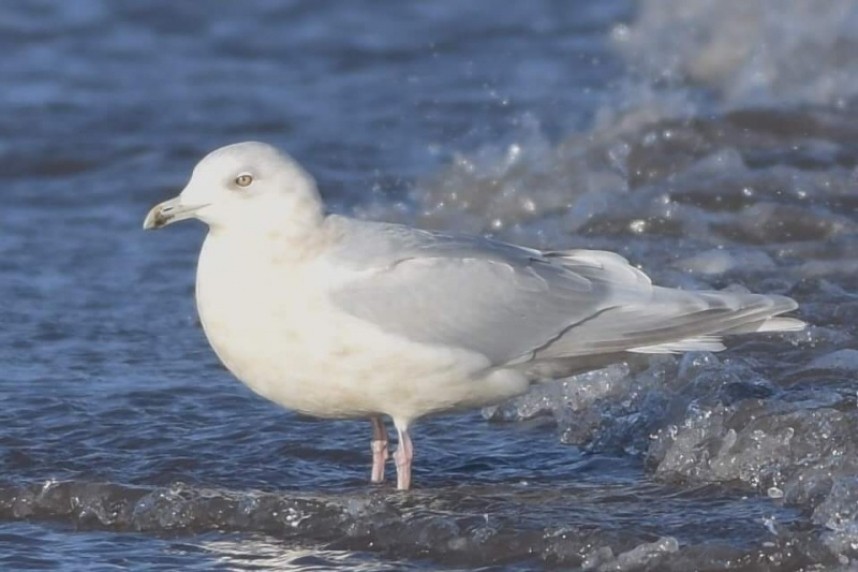
Kumlien's Gull Barmston February 2016 © Andy Hood
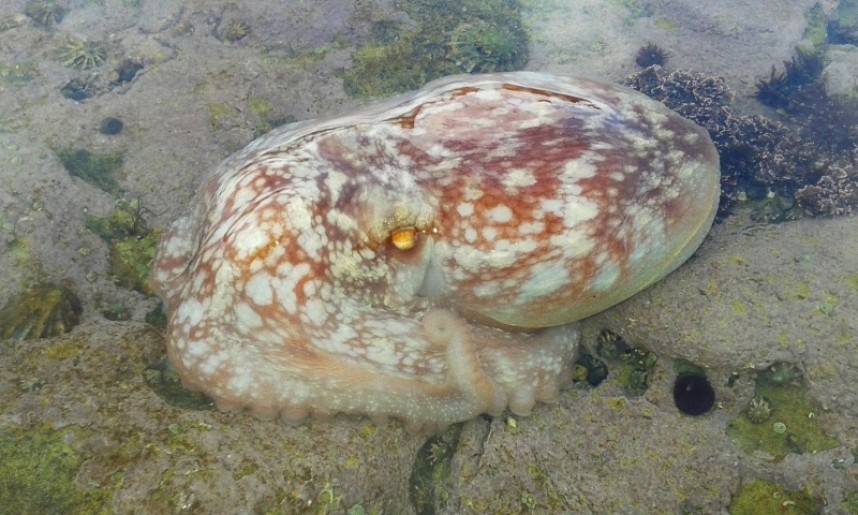
Curled Octopus Filey February 2016 © Richard Braithwaite
British Rock Pipits are a common sight on the northern Yorkshire coast all year round. Less is known about the status of their Scandinavian relatives of the race littoralis. Their upperpart plumage becomes greyer blue in late winter and into early spring making it easier to pick them out. Flamborough and in particular South Landing beach is a good place to search for them and one was found here on the 11th. As more moulted into spring an excellent count of 6 were at South Landing on the 29th. Mid-month seawatching at Spurn produced 2 Pomarine Skua on the 13th, Long-tailed Duck on the 15th and Red-necked Grebe on the 16th.
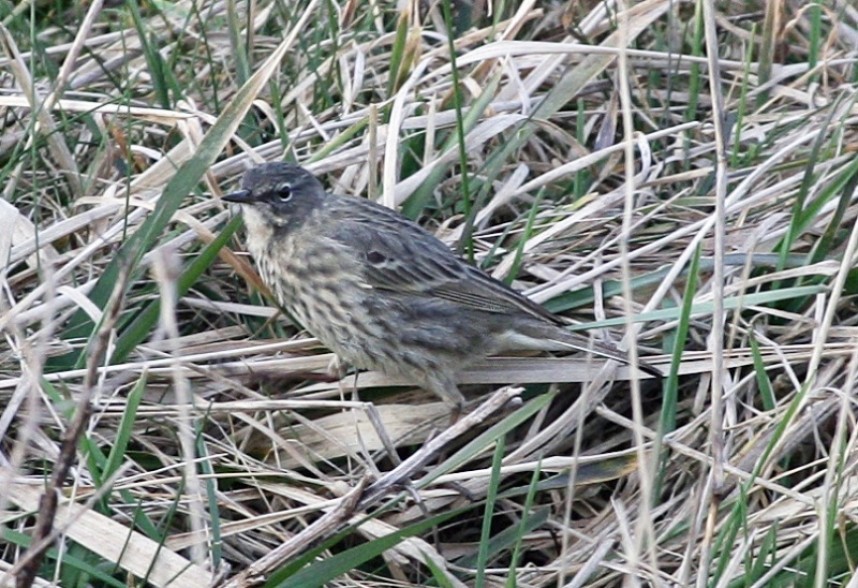
'Scandinavian' Rock Pipit © Richard Baines Flamborough 2011
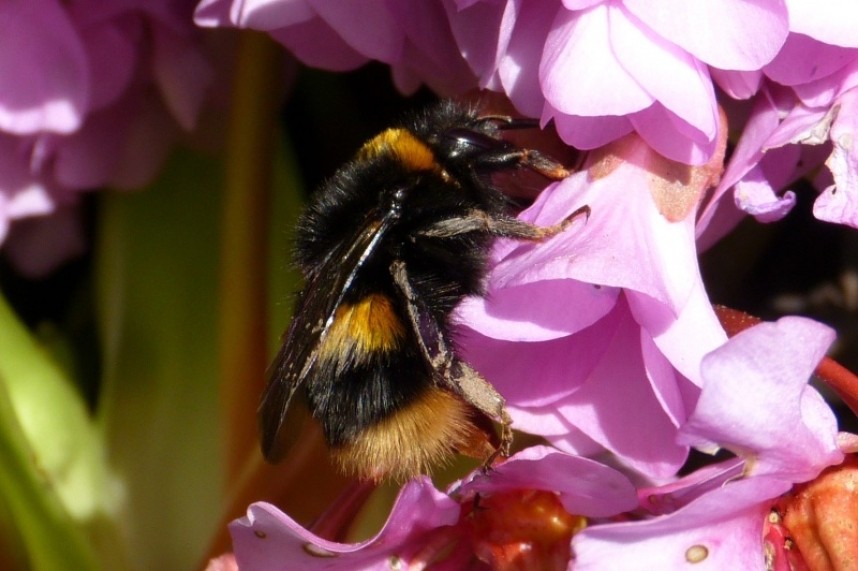
Buff-tailed Bumblebee Scarborough February 2016 © Jim Middleton
The second half of the month was a quieter affair for scarce birds. At Ellerton Ings 4 Bewick’s Swan joined the Whooper Swan flock on the 18th. The 20th was a good time to be at South Landing Flamborough to see all 3 regular species of Divers with Red-throated Diver, Black-throated Diver and Great Northern Diver present. ‘Blue’ Fulmars were seen flying past Flamborough on 14 out of 29 days with a month high of 7 on the 28th. Moth trapping in the Paxton Bank area of Dalby Forest on the 21st produced a fabulous Sword Grass a rare moth in Yorkshire.
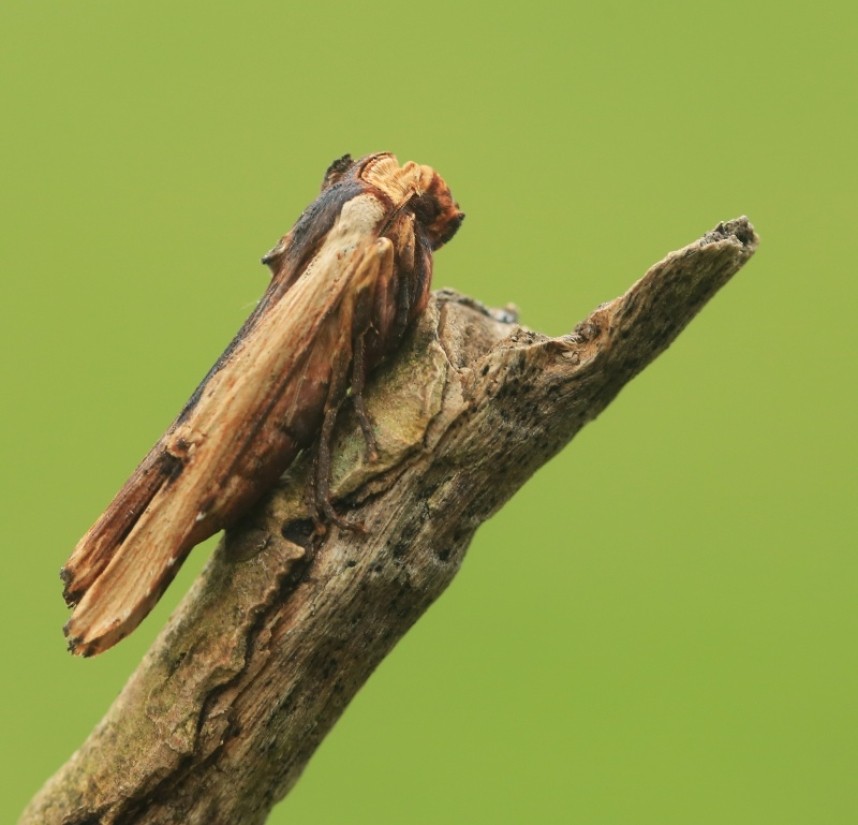
Sword Grass Wykeham February 2016 © Dan Lombard
Buff-tailed Bumblebees are often the first bumblebees to emerge from hibernation. One of the first to be reported in north Yorkshire this year was in Scarborough on the 23rd. A Hawfinch was seen in Troutsdale on the 24th and the wintering Great Grey Shrike was seen again in Langdale on the 28th. Spring migration for songbirds was up and running at Spurn and Flamborough towards the end of the month as single Woodlarks arrived on the 22nd and 29th respectively. The seabird month was rounded off with an Iceland Gull past Flamborough on the 28th and a Red-necked Grebe on the sea off Sewerby Steps Bridlington, moulting very nicely into summer plumage. A Glaucous Gull (very scarce this month) was seen at Filey on the 25th. An excellent count of 84 Purple Sandpipers on the Brigg 21st and Filey Bird Observatories first Little Egret of the year brightened up Filey Dams on the 26th.
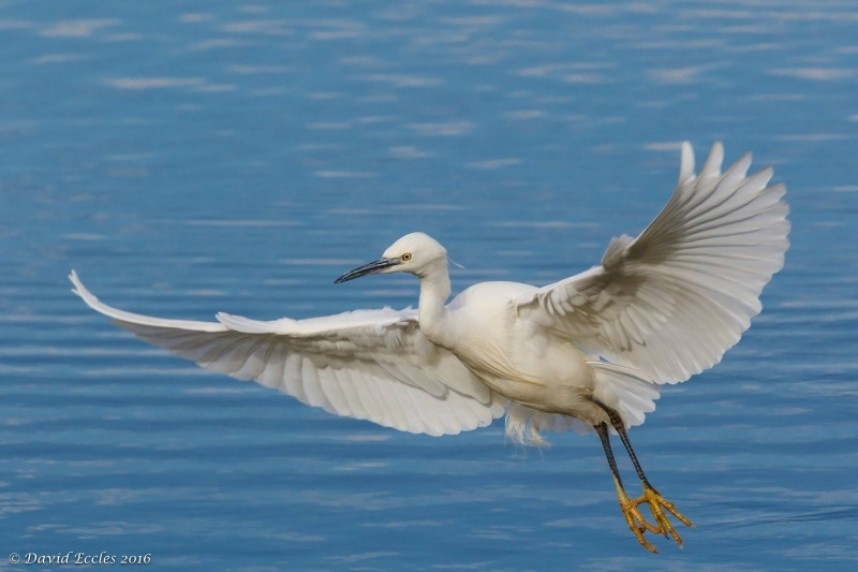
Little Egret Filey Dams February 2016 © David Eccles
A small flock of Mediterranean Gulls have been spending each winter in the Holbeck area of Scarborough for many years but it’s always been a bit of a mystery where they came from. This year one of the birds is ringed and local birders have traced its origin to Antwerpe in Belgium. It was first ringed on 14th May 2015. It was then seen at Finistere in France on 17th September. It turned up at Holbeck on the 20th November and has been here since. A wonderful example of how bird ringing can teach us so much!
Richard Baines YCN
For more wildlife sightings visit these great web sites!
Spurn Bird Observatory, Flamborough Bird Observatory, Filey Bird Observatory and Group, Northern Rustic blogspot , Scarborough Birders, Butterfly Conservation Yorkshire Branch Yorkshire Nature Traingle
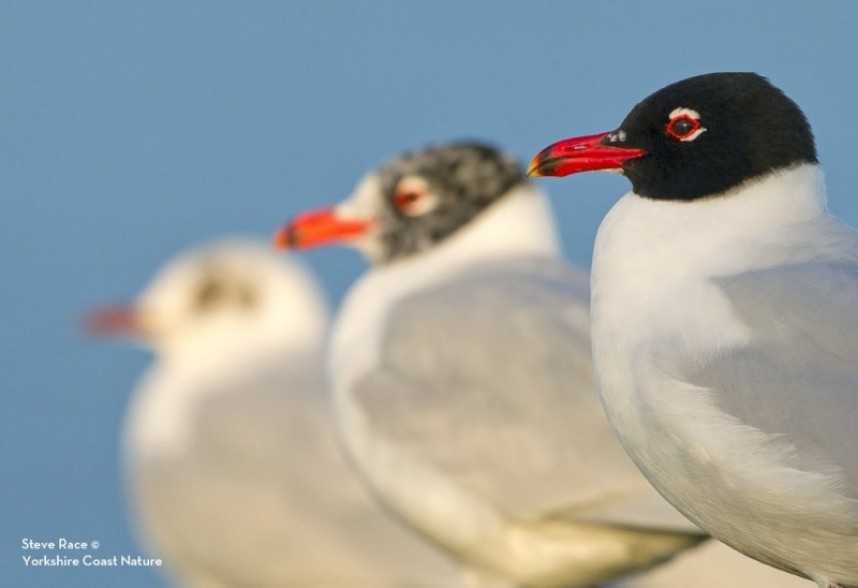
Mediterranean Gull Scarborough February 2016 © Steve Race



 Back to Blog
Back to Blog
